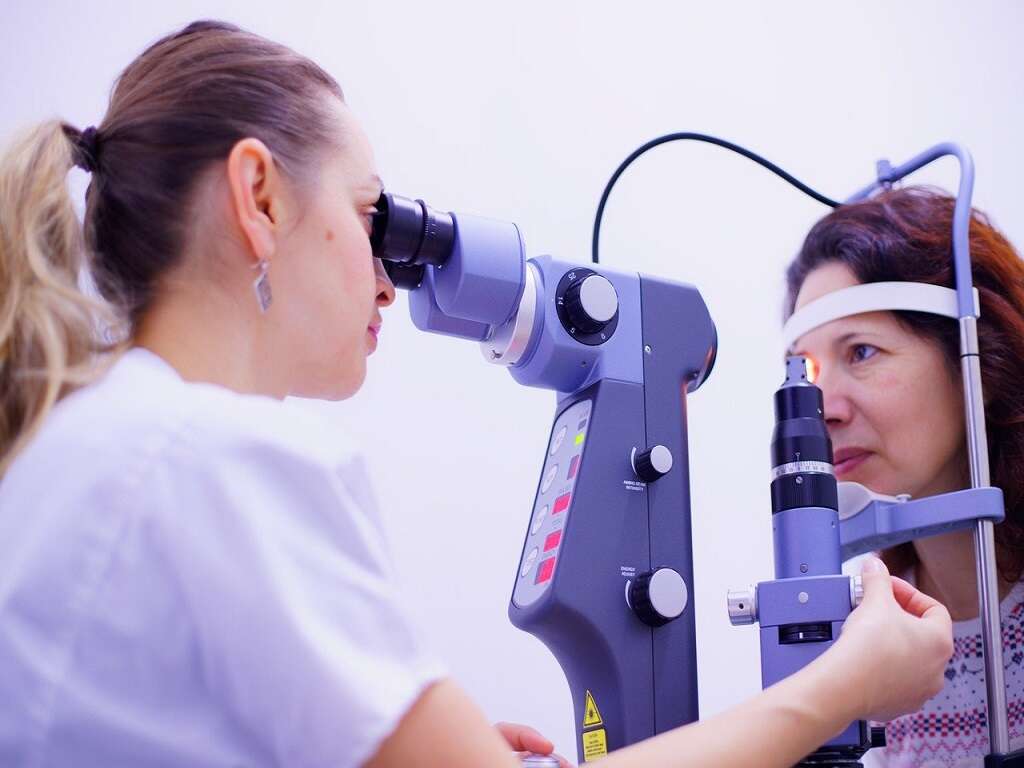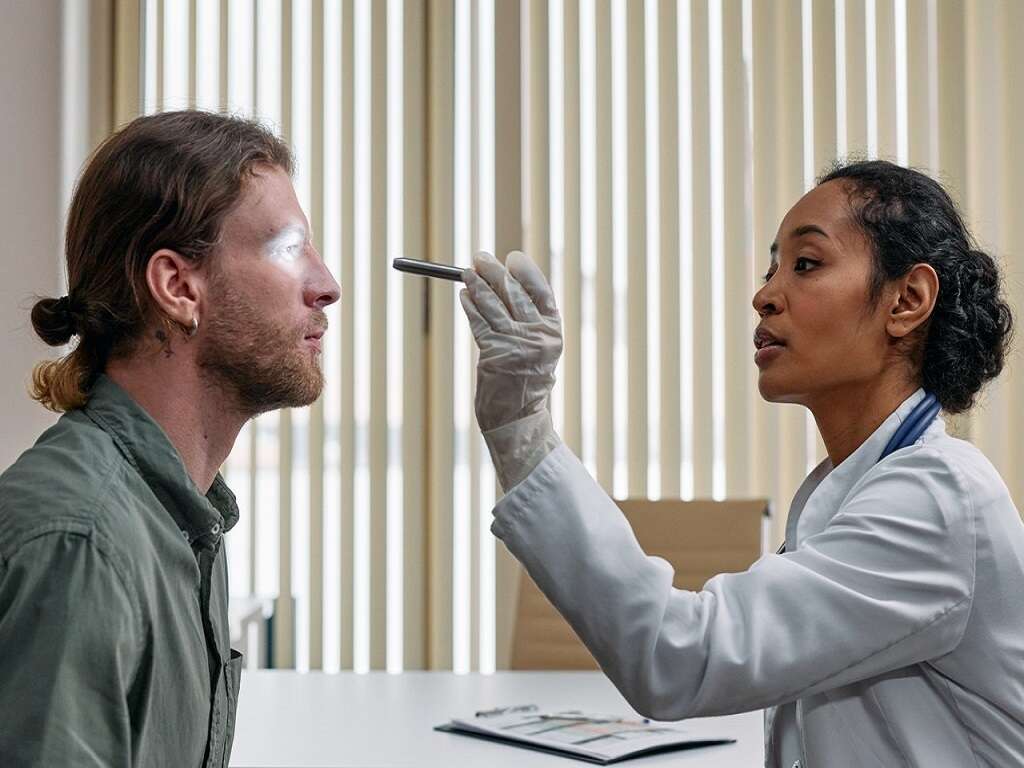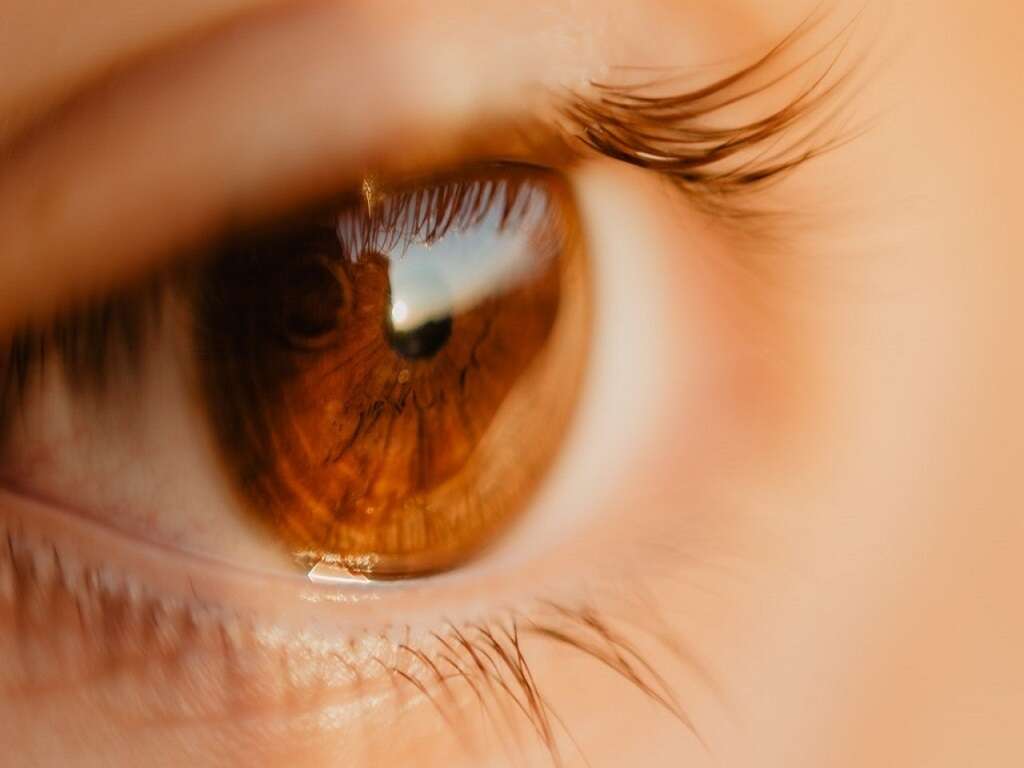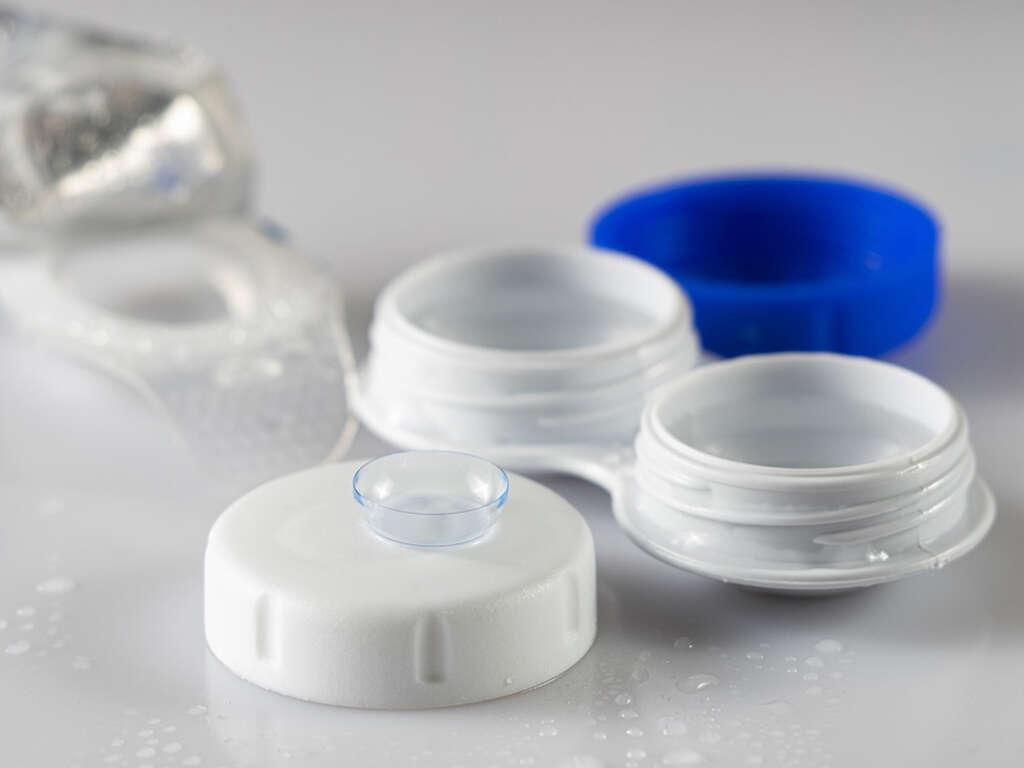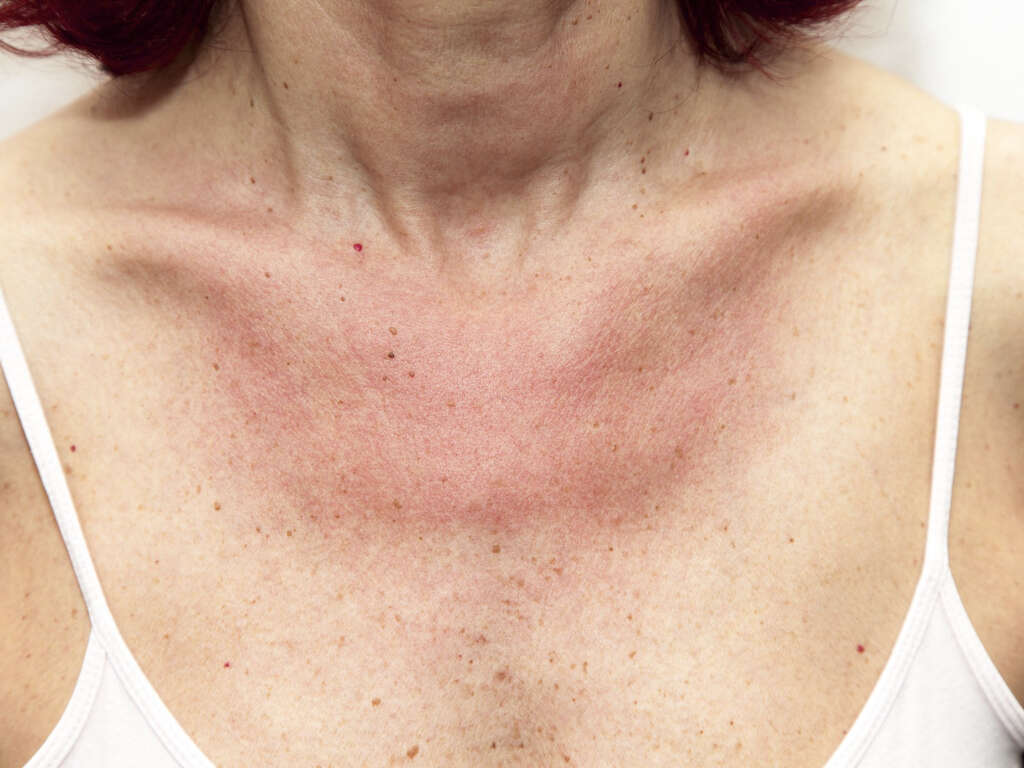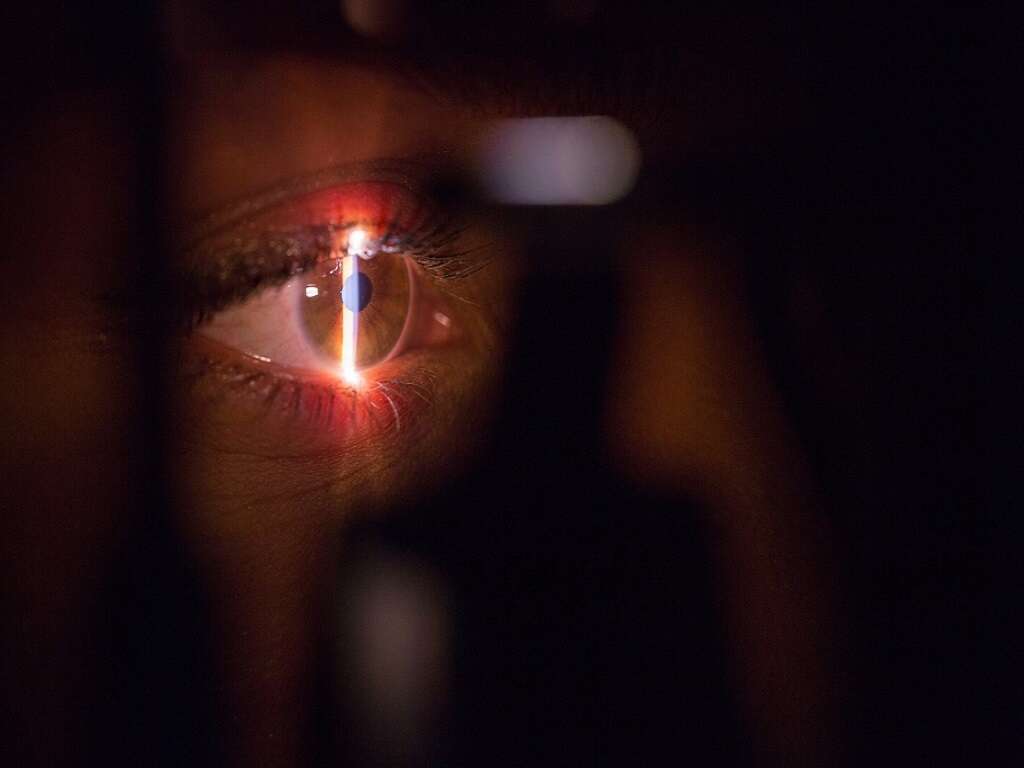What Is Myopia?
Myopia, also known as nearsightedness, is one of the most common eye disorders in the world. According to research studies, over 22 percent of the worlds population suffers from the condition, with the numbers rising in recent years. Individuals with myopia tend to have blurry vision of distant objects, and clearer vision when the objects are near.
Nearsightedness is a refractive error encountered when light rays pass through the cornea. This error occurs when your eyeball is too long. It can also occur due to an abnormally shaped cornea, or a combination of both factors. People with serious cases of myopia may find it difficult to see things that are fairly near.
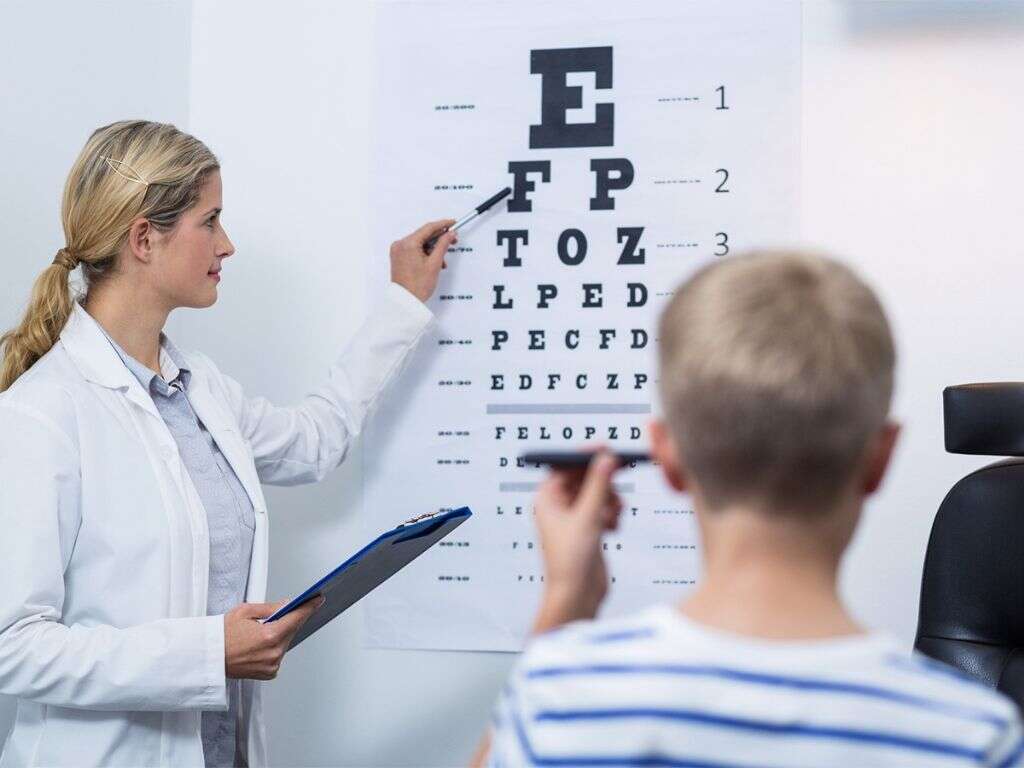
1. Symptoms of Myopia
Myopia can range from mild to severe. A person with mild myopia may go for years without treatment. However, severe myopia can pose the risk of retinal detachment if not treated soon. Therefore, early detection is potentially vision saving for some individuals. Some of the most common symptoms of myopia to look out for are blurry vision of distant objects and needing to partially close your eyes in order to view something at some distance. Other symptoms include experiencing headaches and fatigue as a result of straining your eyes for long periods of time.

2. Causes of Myopia
The exact cause of myopia remains unclear. However, research shows that the disorder is a result of a combination and interacting effects of both hereditary and environmental factors. Environmentally, activities done at close proximity, such as video games, reading, and use of a computer screen, can increase the risk of myopia.
These activities are also thought to be responsible for the current increase in the prevalence of myopia.
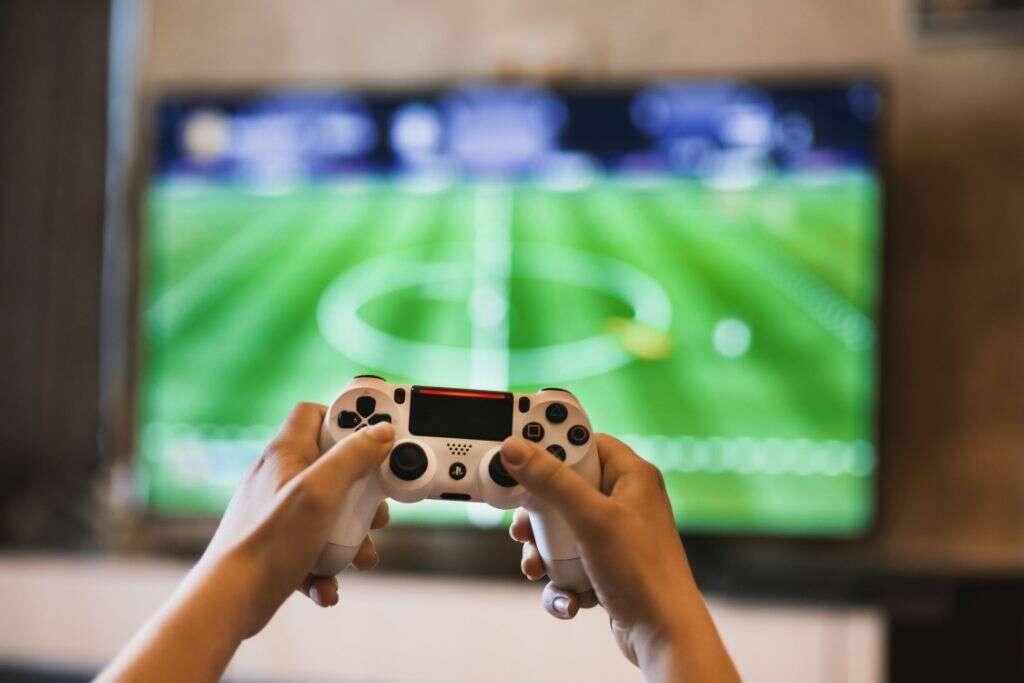
3. Hereditary Factors
Having myopic parents may increase the chances of developing the condition yourself. According to a paper published by the National Institutes of Health, a study showed that myopia affects 6.9 percent of children whose both parents had normal vision.
However, 18.2 percent of children with one myopic parent became myopic. This is a three times higher risk.

4. Other Conditions Associated with Myopia
There are many other conditions that affect the eyes in a similar manner to myopia. This includes a squint, where the eyes point to different directions, and a lazy eye, where one eyes vision does not develop properly in childhood. While mild myopia may only decrease the affected person’s visual quality of life, people with severe myopia are at a greater risk of other diseases of the eyes.
Studies have shown that severe myopia increases ones chance of developing other eye conditions like glaucoma, retinal detachment, and cataracts.
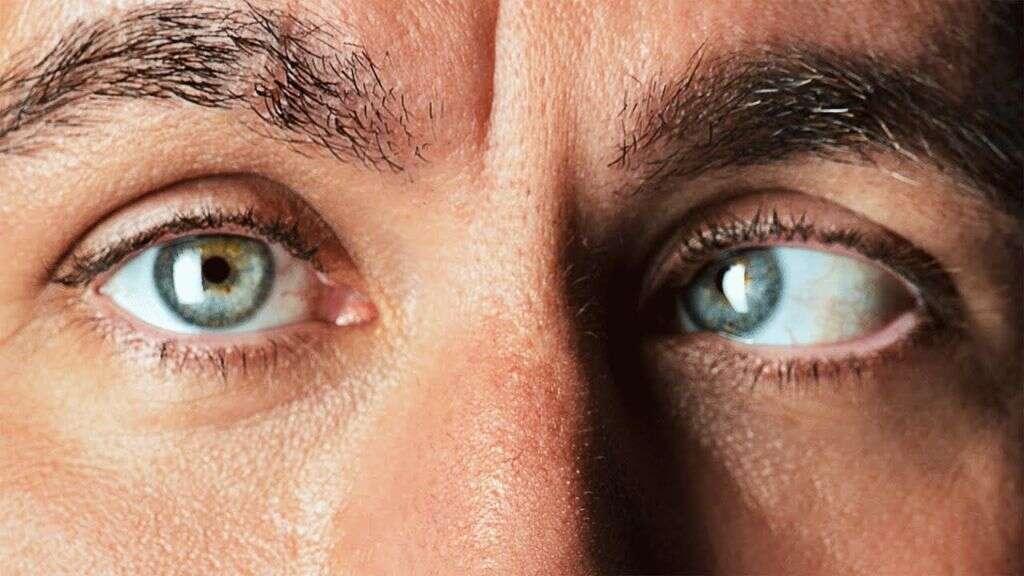
5. Complications
Complications arising from myopia are mostly linked to severe myopia. High myopia has been shown to lead to other conditions such as glaucoma, retinal detachment, and cataracts. Furthermore, other complications may arise during surgery such as over-correction, which leads to the individual becoming farsighted, and infection of the cornea.
Those using contact lenses are also prone to eye infections if proper care of the lenses is not practiced.

6. Disease Process
As mentioned earlier, although the exact cause of myopia is still unknown, evidence shows that genetics and environment factors play a huge role in its development. The development time of this condition also differs with individuals.
Some people are born nearsighted, others develop it during childhood, while others develop myopia during adulthood. Unlike mild myopia, severe nearsightedness might continue to get worse over time.
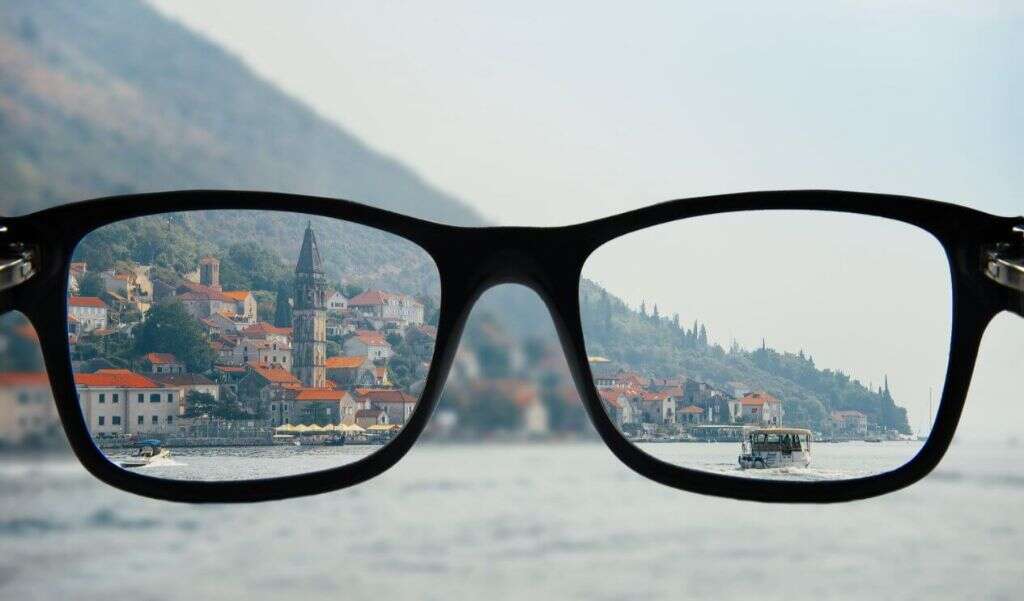
7. Diet and Lifestyle Changes to Improve Myopia
There are some diet and lifestyle changes that can help improve or maintain good eye health. A well-balanced diet can help improve myopia and eye health in general. The diet should include fruits and vegetables rich in vitamins A, and various antioxidants such as carrots, as well as drinking adequate amounts of water.
Lifestyle actions include physical exercise, adequate sleep, protecting your eyes from exposure to excessive amounts of sunlight, and reducing exposure to small and large screens such as mobiles, computers, and TVs. Quitting smoking can also reduce the risk of damaging your eyes, and therefore provide some prevention from myopia.

8. Diagnosis
Testing for myopia is done through several procedures. To test for visual acuity, you will be asked to identify letters on a distance chart. The results of this test are written as fractions, such as 20/40, where the top fraction represents the distance at which the test is performed, 20 feet, and the lower figure is the smallest letter size read.
To evaluate the focusing power of your eye, the optometrist uses a device called a phoropter. This can be done manually, where the doctor places a series of lenses in front of your eye and uses a retinoscope to measure how they focus light. The procedure can also be done using a device that automates this process. Your responses from the test are then used to determine the lenses that would give you the clearest vision.

9. Treatment
Eyeglasses and contact lenses work similarly, although one is worn outwardly while the other is worn on the cornea of the eyes. However, eyeglasses are the most common treatment among people with myopia. Whether eyeglasses or contact lenses, corrective lenses are used to refocus light directly onto the retina by correcting the refractive error, thereby regaining normal vision.
Corneal refractive therapy, also known as orthokeratology, is a nonsurgical procedure that can temporarily restore normal vision. The procedure involves wearing a series of specially designed contact lenses for limited time periods. These lenses gradually reshape your cornea, thereby changing how light enters the eye. Surgery, specifically laser surgery, is done with the purpose of reshaping the eye in order to correct the refractive error. However, the surgery can only be done on adults and not on children whose eyes are still developing.
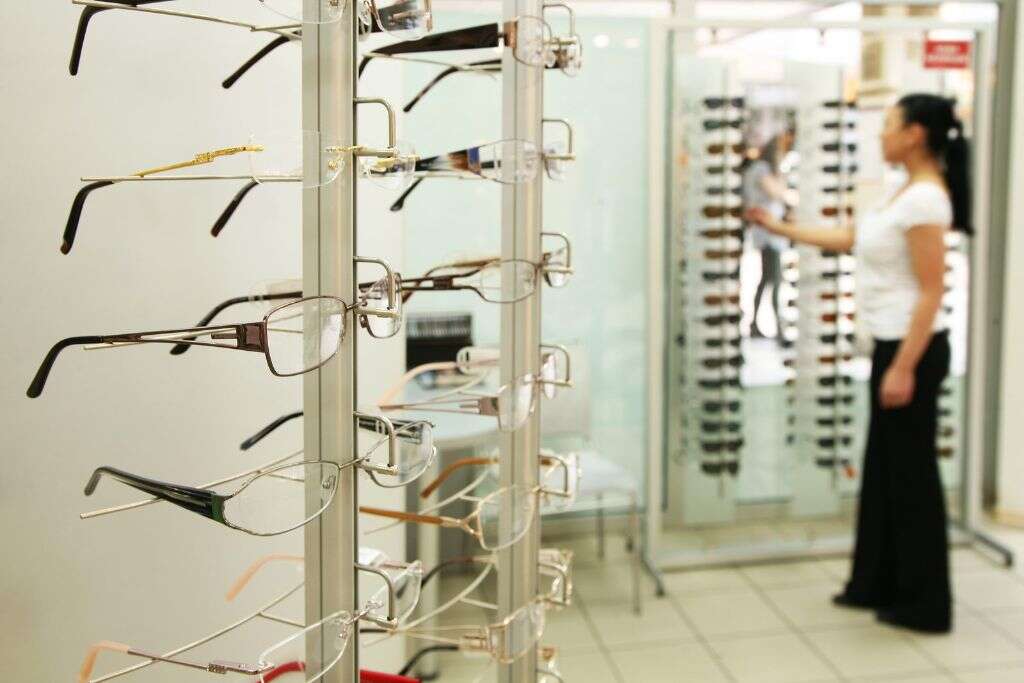
10. Long-Term Outlook
Once treated, myopic individuals can lead normal lives because the different forms of vision correction give them normal eyesight. However, if it goes untreated, the individual might suffer reduced vision quality of life, which may even impair their safety and that of others.
Additionally, as stated earlier, those with severe myopia may also develop further eye problems.




